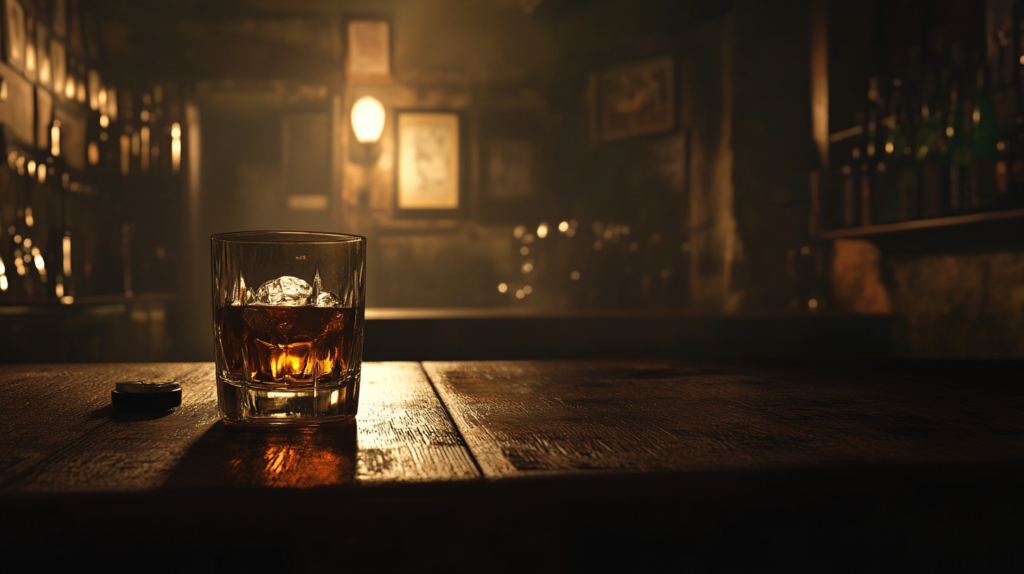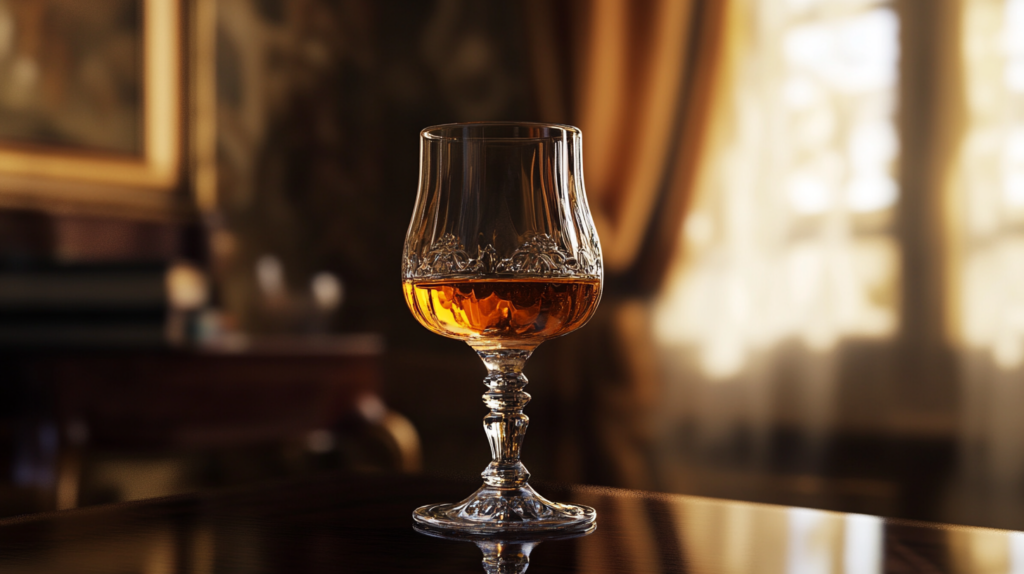
Irish whiskey has experienced a renaissance in recent years, emerging from a long history to become one of the fastest-growing spirits in the world. Known for its smooth, approachable character, Irish whiskey is deeply rooted in Ireland’s cultural heritage and is now celebrated globally for its quality and versatility. Whether you’re a seasoned whiskey enthusiast or just curious about the spirit, understanding what sets Irish whiskey apart is the first step into a world of nuanced flavor and craftsmanship.
What is Irish whiskey
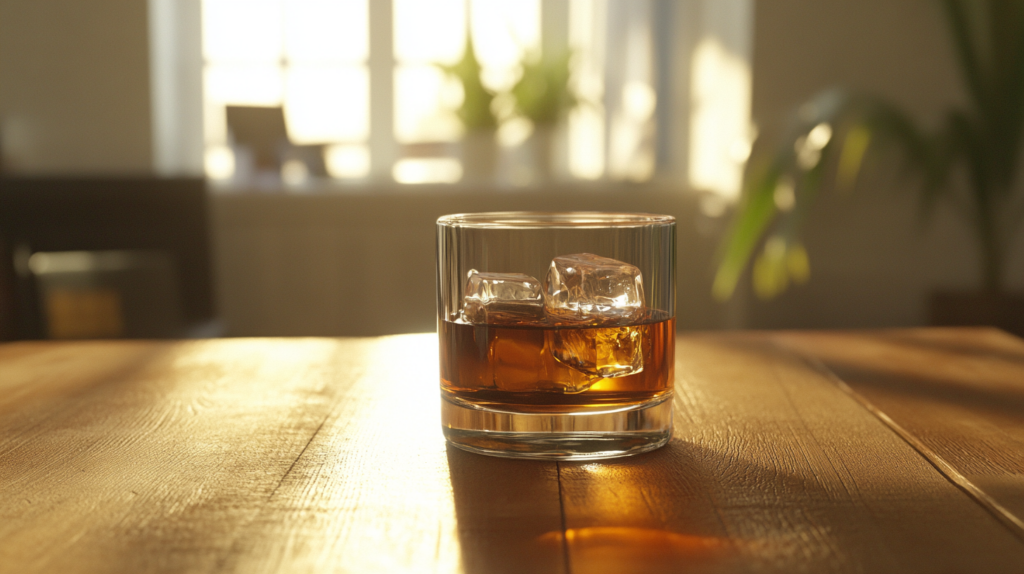
Irish whiskey is a distilled spirit made primarily from a mix of malted and unmalted barley, and occasionally other grains, produced on the island of Ireland. By law, it must be aged for a minimum of three years in wooden casks, typically oak. One of the distinguishing features of Irish whiskey is its smoothness, often achieved through triple distillation and the use of unpeated barley, which gives it a clean, mellow profile.
A rich history
Once the most popular spirit in the world, Irish whiskey experienced a dramatic decline in the 20th century due to political turmoil, trade restrictions, and competition from Scotch whisky and American bourbon. In recent decades, however, it has seen a remarkable comeback, with both historic distilleries and innovative new brands contributing to its revival.
How is Irish whiskey made
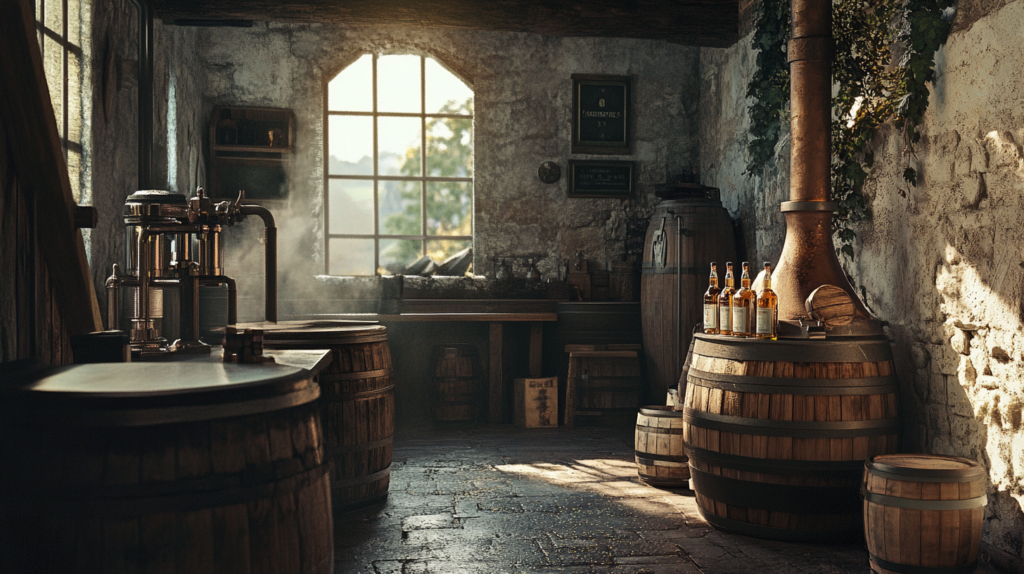
Producing Irish whiskey is a careful and time-honored process that balances tradition with innovation. Each step—from selecting the grains to aging the final spirit—contributes to its distinctive taste and character.
Ingredients
Barley is the backbone of Irish whiskey, often used in both malted and unmalted forms. Some styles include additional grains like maize (corn) or wheat. The use of unmalted barley in particular is a hallmark of Irish single pot still whiskey. Water—sourced from local springs or rivers—and yeast are the only other ingredients, keeping the process natural and pure.
Malting and mashing
In the malting process, barley is soaked in water to encourage germination, then dried in a kiln. Unlike many Scotch whiskies, Irish whiskey typically avoids peat fires, resulting in a more delicate, non-smoky grain. The malted and unmalted barley is ground and combined with hot water in large vessels to extract the sugars, forming a thick, sweet liquid called wort.
Fermentation
The wort is transferred into fermentation tanks—traditionally wooden, now often stainless steel—where yeast is added. Over a period of 48–96 hours, the yeast converts the sugars into alcohol, creating a low-strength beer-like liquid known as wash.
Distillation
Most Irish whiskeys are triple distilled in copper pot stills, a method that yields a lighter, purer spirit. Each round of distillation refines the alcohol content and removes heavier compounds. Some distilleries use column stills (also called Coffey stills), especially for grain whiskey, to produce a lighter and more neutral distillate.
Maturation
The distilled spirit is placed in oak casks for a minimum of three years. Common barrel types include ex-bourbon barrels, which lend notes of vanilla and honey, and sherry casks, which impart dried fruit and spice characteristics. The aging environment—cool, damp Irish warehouses—encourages a gentle, slow maturation that helps smooth out the spirit.
What does Irish whiskey taste like
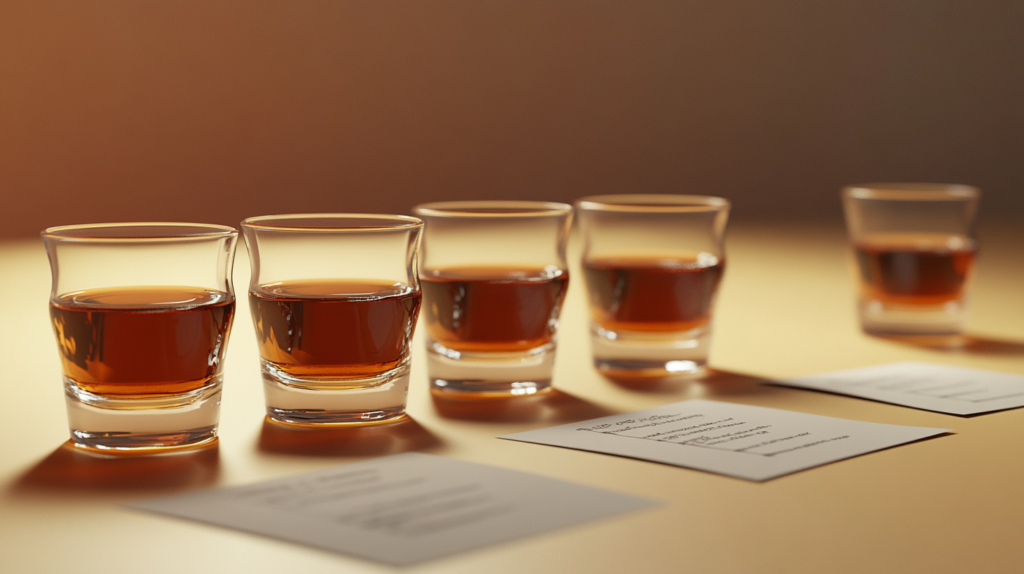
One of the most defining aspects of Irish whiskey is its flavor profile. Generally regarded as smooth and easy to sip, Irish whiskey has a balanced complexity that can appeal to both beginners and seasoned drinkers.
Flavor profile
- Smooth and light: Irish whiskey is often described as silky, mellow, and easy to drink. The triple distillation process removes many of the harsher elements, resulting in a rounded mouthfeel.
- Fruity and floral: Common tasting notes include green apple, pear, melon, and subtle floral undertones like honeysuckle or elderflower.
- Spicy and sweet: Some expressions feature hints of cinnamon, clove, and nutmeg, especially if matured in sherry casks. Vanilla, caramel, and honey are also prevalent, especially in grain and blended whiskeys.
Comparing with other whiskeys
- Versus Scotch: While Scotch often has bold, peaty, or smoky flavors, Irish whiskey is typically smoother and more approachable.
- Versus bourbon: Bourbon has strong caramel, vanilla, and oak characteristics from new charred oak barrels. Irish whiskey is lighter and more fruity, with subtle spice and grain-forward notes.
Types of Irish whiskey
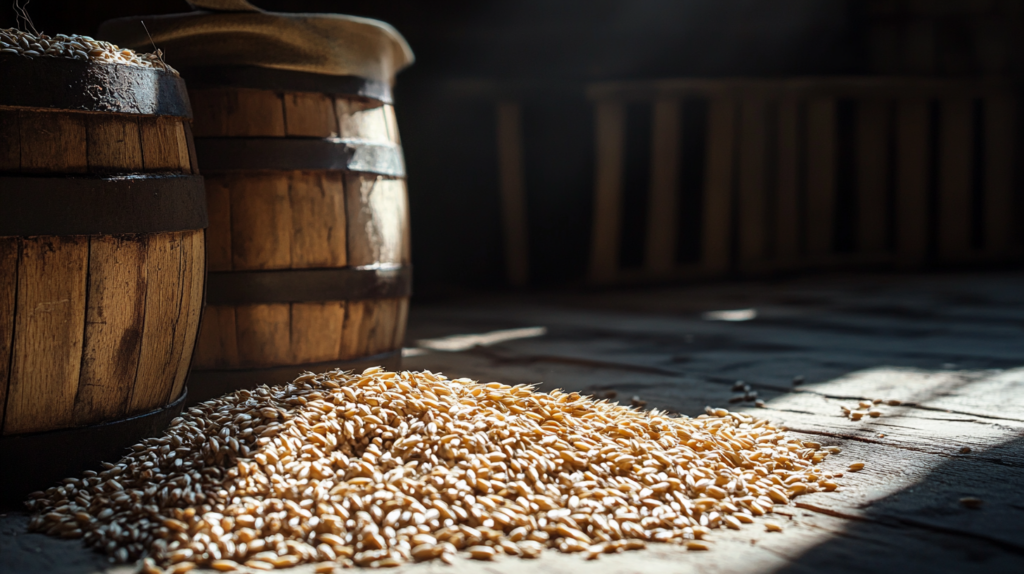
Irish whiskey is classified into several types, each with its own unique production method and flavor profile.
Single malt
Single malt Irish whiskey is made from 100% malted barley in a single distillery using pot stills. It’s often rich and layered, with flavors ranging from honey and citrus to toasted oak and dark chocolate. Aged versions tend to be more robust and elegant.
Single pot still
A uniquely Irish style, single pot still whiskey uses a mash of both malted and unmalted barley, distilled in pot stills at a single distillery. This method adds a creamy, oily mouthfeel with a characteristic spice that sets it apart. It’s complex and rich, with notes of green fruit, baking spices, and even leather or toasted nuts in older expressions.
Grain whiskey
Grain whiskey is made with corn or wheat and distilled in continuous column stills, producing a lighter and more neutral spirit. While often used in blends, some grain whiskeys are bottled on their own and can be smooth, sweet, and subtly floral.
Blended whiskey
Blended whiskey is a combination of two or more types of Irish whiskey, typically pot still and grain. This style dominates the market and includes globally popular brands like Jameson. Blends aim to balance complexity with smoothness and accessibility, often featuring notes of vanilla, fruit, and spice.
How to drink Irish whiskey
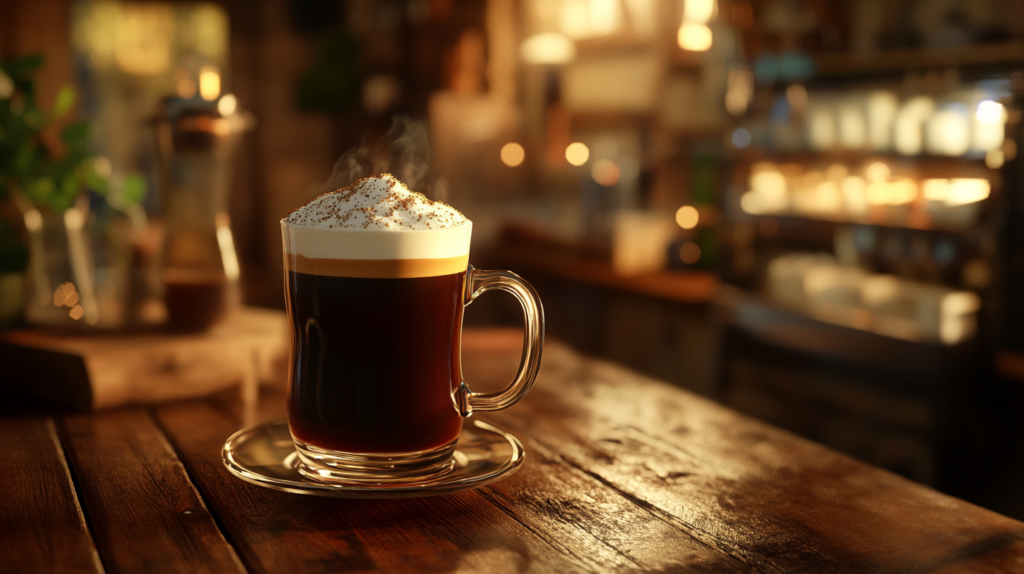
There are many enjoyable ways to drink Irish whiskey, and the best method often depends on the occasion, the company, and the style of whiskey you’re sipping.
Neat or on the rocks
Drinking whiskey neat is the best way to appreciate its aroma and full flavor. A few drops of water can help open up hidden notes, especially in higher-proof whiskeys. Adding ice will chill the spirit and slightly dull strong alcohol notes, making it even more approachable for beginners.
In cocktails
Thanks to its smooth and versatile profile, Irish whiskey shines in classic and modern cocktails. Some well-loved examples include:
- Irish coffee: A warming mix of Irish whiskey, coffee, sugar, and lightly whipped cream—ideal for cold nights.
- Whiskey sour: Irish whiskey, fresh lemon juice, and simple syrup shaken over ice for a tart, refreshing drink.
- Jameson & ginger ale: A popular highball that highlights the whiskey’s spicy-sweet character.
Tasting tips
- Compare different styles side-by-side to develop your preferences.
- Use a tulip-shaped glass or Glencairn glass to concentrate aromas.
- Let the whiskey sit for a minute before sipping to allow oxygen to open up the flavors.
- Swirl gently and take small sips to explore the complexity across the palate.
Conclusion
Irish whiskey is a spirit of warmth, history, and craftsmanship. Its gentle, refined character and wide range of expressions make it a fantastic entry point for new drinkers and a rewarding exploration for connoisseurs. From classic blends to bold single malts and spicy single pot stills, there’s an Irish whiskey for every palate.

